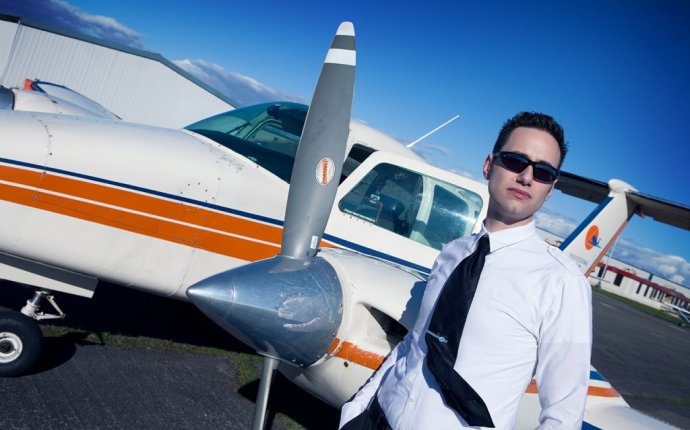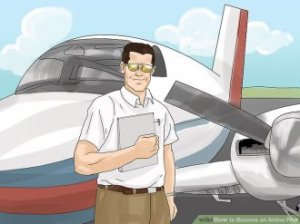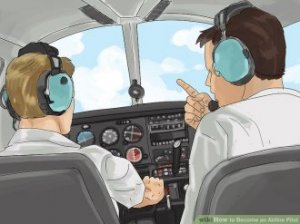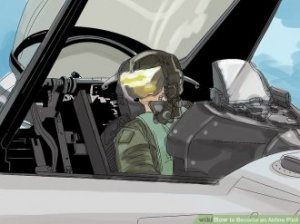
How to become a Passenger pilot?

Steps
Method 1
Preliminary Requirements- Get a four-year college degree. While a college degree is not required to fly for any of the regional airlines in the United States, a four year degree is required to fly for a major US airline. It's preferable to get a Bachelor of Science degree with an emphasis in aviation (but your degree doesn't necessarily have to be aviation related). Airline pilot training is intense and expensive. A college degree helps to demonstrate to the airline that you will be capable of completing their education program.
 Look around your local area for a good flight school and flight instructor to begin working on your private pilot certificate. The FAA minimum flight time is 40 hours, but the average is around 60. Schools with FAA oversight can be more desirable if you want a highly regimented training program.
Look around your local area for a good flight school and flight instructor to begin working on your private pilot certificate. The FAA minimum flight time is 40 hours, but the average is around 60. Schools with FAA oversight can be more desirable if you want a highly regimented training program.- Get a First Class medical certificate from a Federal Aviation Administration medical examiner. It is better to apply for a first class medical the first time you apply for a medical certificate to be sure you will qualify for one before you have invested too much time and money into your new career choice.
Method 2
Advanced Requirements- After you earn your private pilot license, begin working on your instrument rating and commercial certificate.
 An instrument rating requires 50 hours of cross country Pilot-in-Command (PIC) and 40 hours of actual or simulated instrument conditions. For the commercial certificate, you will need 250 hours total time, 100 hours PIC, 50 hours cross country, and 10 hours of dual instruction in a complex aircraft.
An instrument rating requires 50 hours of cross country Pilot-in-Command (PIC) and 40 hours of actual or simulated instrument conditions. For the commercial certificate, you will need 250 hours total time, 100 hours PIC, 50 hours cross country, and 10 hours of dual instruction in a complex aircraft.
- All pilots who are paid to transport passengers or cargo must get a commercial pilot’s license with an instrument rating issued by the FAA. Helicopter pilots also must hold a commercial pilot’s license with a helicopter rating.
- Complete your certified flight instructor (CFI) rating and begin working at your flight school.
 Some flight schools offer you flight hours in exchange for instructing for them. This can be useful when you go on to your multi-engine rating.
Some flight schools offer you flight hours in exchange for instructing for them. This can be useful when you go on to your multi-engine rating.
- Pilots need flight experience to qualify for a license. Completing classes at a flight school approved by the FAA can reduce the amount of flight experience required for a pilot’s license. In 2006, the FAA certified about 600 civilian flying schools, including some colleges and universities that offer degree credit for pilot training.
- Initial training for airline pilots typically includes a week of company indoctrination; three to six weeks of ground school and simulator training; and 25 hours of initial operating experience, including a check-ride with an FAA aviation safety inspector. Once trained, pilots are required to attend recurrent training and simulator checks once or twice a year throughout their career.
- To qualify for FAA licensure, applicants must be at least 18 years old and have at least 250 hours of flight experience.
- Work on your multi-engine, certified flight instructor instrument (CFII), and multi-engine instructor (MEI) ratings.




Source: www.wikihow.com









